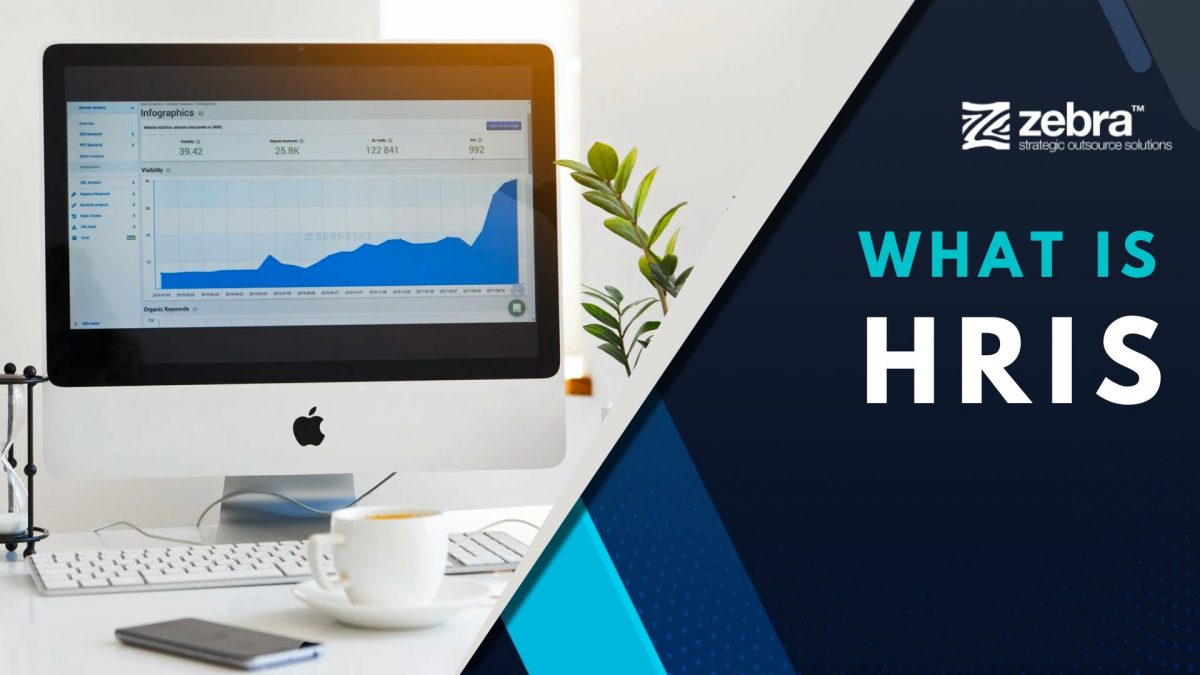
Are you struggling to organize all human resources protocols and employees’ information? Do you find it difficult to engage your workforce and track their performance? Do you wrestle to retain talents or hire the right people for the job? Most companies find it hard to overcome HR challenges because of manually accomplishing HR-related tasks such as preparing the payroll, accounting, and storing employee information. An HRIS is a systematic method that can alleviate your HR problems through managing, storing, and disseminating information.
What is HRIS?
HRIS, which stands for human resource information system, is software that consolidates employee data, as well as rules and procedures affiliated with human resources. It can contain the personal and work history, training attended, and skill set of an employee. It also helps in facilitating HR processes, including recruitment and payroll. HRIS essentially merges
management and information systems together, which makes an effective technological device to administer a company’s activities.
What makes HRIS different from HRMS and HCM?
HRIS may appear identical to HRMS and HCM so employers may opt for a cheaper alternative. However, an improved human resources system is best developed with ease by an HRIS, which is an integrative approach to controlling corporal processes. Although seemingly interchangeable, HRMS, HCM, and HRIS perform different functions according to your
company’s necessities.
HRIS
As organizational structures are becoming more complex, human resources departments have an increasing amount of technologically dependent answers which led to the emergence of HRIS. HRIS pertains to the basic administration of employee records and HR affairs.
HRMS
Referred to as human resources management system, HRMS has the same roles as HRIS in managing human resources processes. It gives a view of a company’s workforce and subsequently, executes labor rules. Its difference from HRIS is its coverage of talent and performance administration.
HCM
HCM is a term for human capital management, a general and broader solution to human
resources predicaments. It optimizes productivity and incorporates an employee’s entire workforce cycle. It supports the administrative, strategic, and analytic aspects of a business, consisting of personnel administration and workforce reports.
What are the functionalities of HRIS?
HRIS may seem complicated as it integrates technology to manage business operations. Adapting to highly advanced software poses a challenge to corporations since they must transition from traditional to online processes. With this, proper knowledge about implementing an HRIS without compromising employee confidentiality is necessary. Worry not, this tool has a
number of easy-to-use features that can be applied to kickstart an organized HR system:
1. Manager self-service
Managers can get a hold of data that aid in meeting their specific needs. Through HRIS, in the form of HR portals, managers themselves can access information regarding the personal details of employees. They are able to view their job titles and contact credentials. Additionally, ‘front-end’ applications are installed on their computers to navigate payroll and salary budgets. Employers can also plan out strategies and courses of action that are suitable for their company’s needs.
2. Employee self-service
Similarly, workers are allowed to see particulars if given permission by the HR department. Employee handbook and performance appraisals are some information available in the HRIS. They can also book leaves, apply for training, and make benefit inquiries.
3. Workflow
HRIS ensures that only an authorized person approves a decision or a piece of information passed through a workflow chain. Facilitating actions that affect organizational structure will not be much of a hassle anymore because changes in data are passed electronically to the next person in the chain.
4. HR databases and systems
As a record-keeping software, HRIS encompasses employee and organizational details and can accordingly give these to other systems utilized in the company. Users can approach HR service centers to deal with information demands based on knowledge databases.
5. Interactive Voice Response (IVR)
IVR is an inexpensive device that employs a push-button mechanism to send out messages about straightforward information. It dispatches automatic replies, usually within larger corporations, to manage job openings and attend to training course questions.
How can HRIS benefit your company?
Considering the features of HRIS, this software serves as a good solution for your company’s human resources adversities. Handling an intricate network of employees can now be effortless with the help of HRIS.
Stores employee information efficiently
The primary purpose of HRIS is to assemble and put all employee information into one system.
It is responsible for cultivating operational processes through effectively managing a company’s human capital. Computer technologies like this enable increased efficiency in such functions, including personal data management, payroll accounting, and benefits management. HRIS also ensures that accurate particulars are sorted out in the software.
Increases productivity
Since there are self-service features in the HRIS, employees have the opportunity to gain knowledge and edit benefits. Strategies are also readily available, which will promote productivity in the workforce and attain business objectives. The employee self-service function allows employees to modify or update their own information thus freeing the HR staff to do more
complex tasks.
Centralizes employee communication
An HRIS software comes with an employee communication portal that serves as a central hub for all internal communication. Modern HRIS platforms allow newsfeeds where all members of your organization can share updates or post announcements. HRIS can also boost employee confidence and engagement by acknowledging exceptional performances, birthdays, and work anniversaries.
Expands HR automation
HRIS is a one-stop solution to automate repetitive tasks by streamlining your processes such as benefits enrolment, accomplishing tax forms, and overseeing employee onboarding. This will allow more team managers to handle people and focus on inspiring the team to be better at what they do.'
Encourages people to share their insights
HRIS allows you to generate data, understand your employees, strengthen your team and identify weaknesses. HRIS are known to be powerful integrators of all HR information providing you the opportunity to empower the human resource to make more informed decisions.
Takeaway
For any growing business, organizing and storing employee information in the most efficient way possible is advantageous and profitable. Having an HRIS platform that consolidates all important HR functions does not only lead to efficiency but also to potential profitability. Investing in an HRIS solution like Zebra is no doubt a surefire way to prevent HR chaos and
advance your team towards achieving your company goals together.






